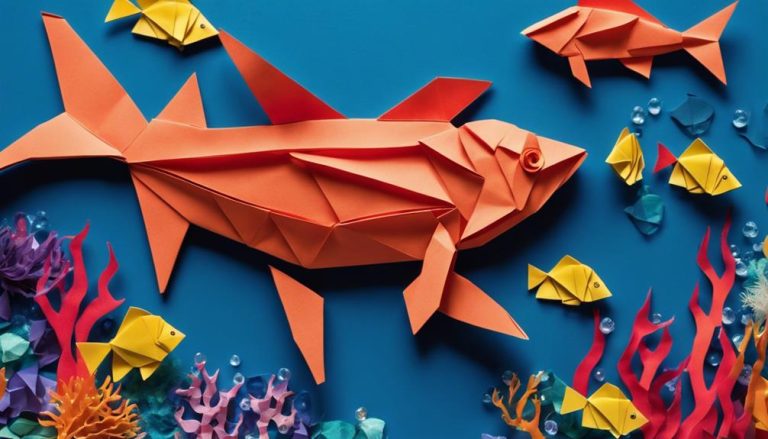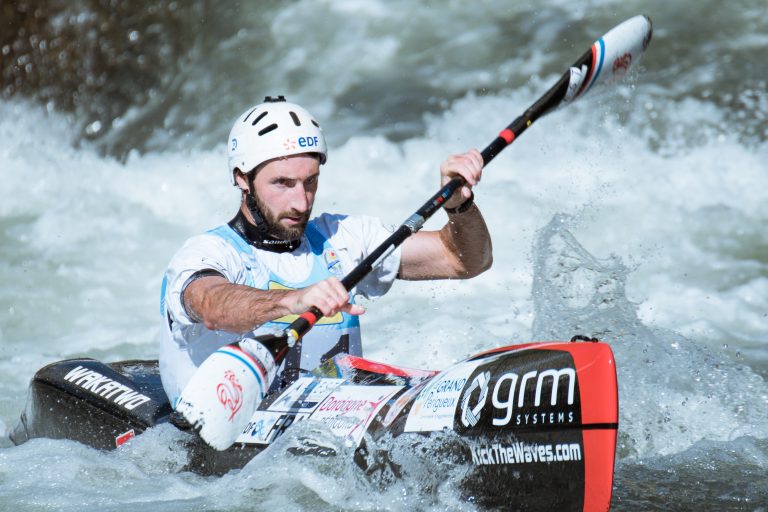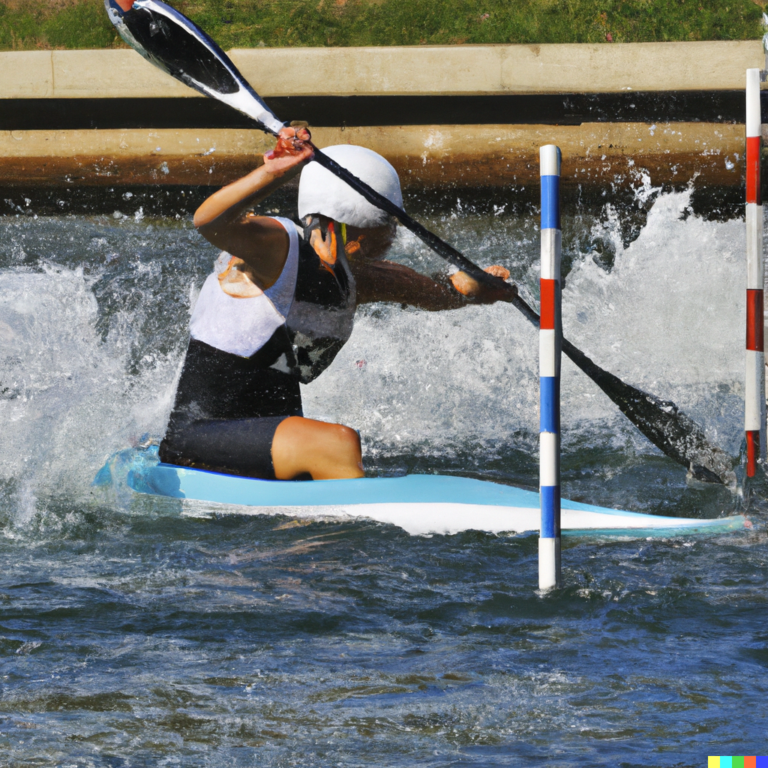General Rules of Sport Fishing
Are you aware of the fundamental guidelines that govern sport fishing practices? Understanding the general rules of sport fishing is essential for both novice and experienced anglers. From regulations on catch limits to ethical angling guidelines, there is a comprehensive set of rules in place to ensure the sustainability of fish populations and the preservation of aquatic ecosystems. By following these rules, anglers contribute to the conservation efforts that are crucial for the future of sport fishing.
Regulations and Catch Limits
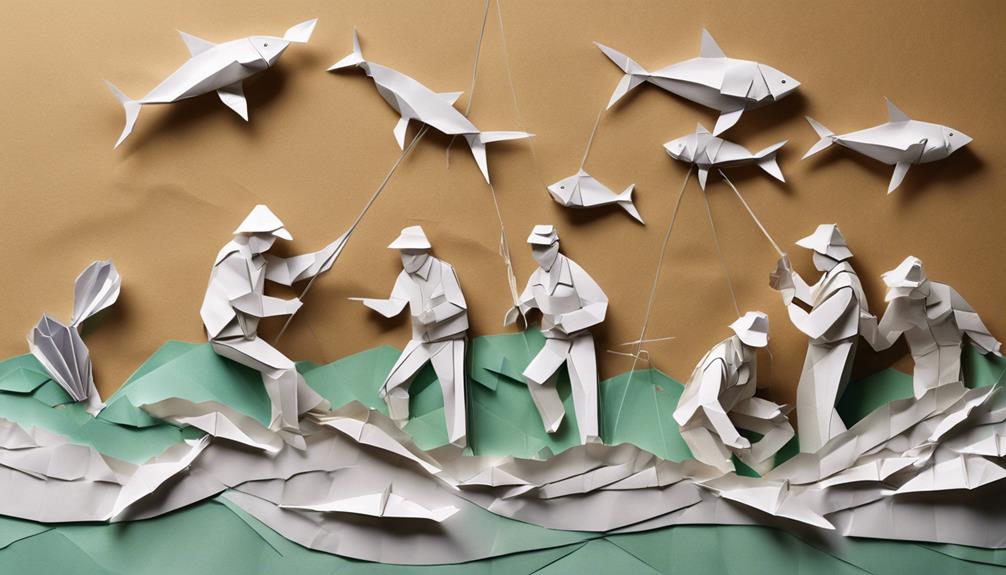
When fishing, it's essential to be aware of the regulations and catch limits in your area to ensure you're following the rules. Size limits are in place to protect the breeding population of fish, allowing them to reproduce and maintain healthy numbers. By adhering to these limits, you actively contribute to the preservation of aquatic ecosystems and sustainable fishing practices. Bag limits also play a crucial role in conservation efforts, preventing overfishing and promoting responsible angling.
Seasonal closures are put in place to safeguard fish populations during critical times, such as spawning seasons. These closures give the fish a chance to reproduce without disturbance, ensuring the continuation of their species for future generations of anglers to enjoy. Restricted areas serve as sanctuaries where marine life can thrive undisturbed, fostering biodiversity and preserving the natural balance of underwater ecosystems.
Required Fishing Licenses
Before you hit the waters, it's crucial to understand the different types of fishing licenses available. Knowing the application process details will help you navigate through the necessary paperwork smoothly. Don't forget to keep an eye on renewal dates and associated fees to ensure uninterrupted fishing adventures.
License Types Explained
Wondering which fishing license you need for your next fishing excursion? When it comes to license types, there are various options available depending on your preferences and needs. Some licenses may have restrictions, such as only being valid for certain fishing seasons or having specific area restrictions. It's essential to check the details of each license to ensure it aligns with your fishing plans. Additionally, some licenses may come with restrictions on the types of fish you can catch or the equipment you can use. Before heading out, make sure you have the right license to avoid any issues while enjoying your time on the water.
Application Process Details
To apply for the required fishing licenses, start by visiting the official website of your state's wildlife agency. There you can find all the information you need to complete the application process smoothly. Remember to check the eligibility requirements before applying to ensure you meet all the necessary criteria. Once you have gathered all the required documents and information, follow these simple steps to submit your application:
- Fill out the online application form accurately.
- Upload any necessary identification or proof of residency.
- Pay the application fee securely through the provided online payment portal.
Renewal and Fees
When renewing your required fishing licenses, ensure timely payment to avoid any lapses in validity. To make the process easier, most states offer renewal reminders via email or mail. It's crucial to follow the fee structure set by the local fishing authorities to avoid any penalties or fines. Below is a simple breakdown of common fishing license fees:
| License Type | Duration | Fee |
|---|---|---|
| Resident | 1 year | $25 |
| Non-Resident | 1 year | $40 |
| Senior | Lifetime | $15 |
| Youth | 1 year | $10 |
Ensure you keep track of your license expiration date and renew on time to continue enjoying your fishing adventures without any interruptions.
Conservation Practices
Considering the impact of your fishing activities on the environment is crucial for sustainable sport fishing. To ensure you are practicing conservation while enjoying your time on the water, here are three important guidelines to keep in mind:
- Embrace Sustainable Practices: Opt for sustainable fishing gear such as lead-free tackle, biodegradable fishing line, and non-toxic bait. By choosing eco-friendly options, you can minimize the environmental impact of your sport fishing activities.
- Prioritize Species Preservation and Habitat Protection: Be mindful of catch limits and size regulations to help preserve fish populations. Additionally, respect protected areas and avoid damaging sensitive habitats like coral reefs or seagrass beds. Your actions can directly contribute to the long-term health of aquatic ecosystems.
- Practice Catch and Release: If you're not planning to consume the fish you catch, consider practicing catch and release. Proper catch and release techniques can help reduce the mortality rate of released fish, allowing them to thrive and contribute to the overall ecosystem.
Ethical Angling Guidelines

Embrace ethical angling practices to ensure the well-being of fish populations and aquatic ecosystems. When engaging in sport fishing, it's crucial to consider the impact of your actions on the fish population. Catch and release practices play a significant role in sustaining healthy fish populations. By releasing fish back into the water carefully, you contribute to the conservation of species and help maintain the balance of aquatic ecosystems.
Avoiding overfishing is essential to prevent depletion of fish populations. Always be mindful of local regulations regarding catch limits and sizes to ensure you are not harming the sustainability of fish stocks. When practicing catch and release, handle the fish with care to minimize stress and injury. Use barbless hooks to make releasing the fish easier and less harmful to the fish.
Equipment and Gear Rules
When it comes to sport fishing, knowing how to properly select your rod, choose the essential tackle, and maintain your gear is crucial for a successful angling experience. Make sure you have the right equipment to match the type of fish you're targeting and the fishing conditions you'll encounter. By following these equipment and gear rules, you can set yourself up for a more enjoyable and fruitful fishing trip.
Proper Rod Selection
Selecting the right fishing rod is crucial for a successful and enjoyable fishing experience. Here are three key factors to consider when choosing the perfect rod for your next fishing trip:
- Casting techniques and Line selection: Ensure your rod is compatible with the casting techniques you plan to use and can handle the type of fishing line you prefer.
- Reel maintenance and Hook sizes: Consider the reel you will be using with the rod and make sure they are a good match. Additionally, think about the hook sizes you will need for the specific fish you are targeting.
Essential Tackle Choices
For a successful fishing trip, having the right equipment and gear is essential. When it comes to essential tackle choices, pay attention to lure selection, reel maintenance, line strength, and hook sizes. Selecting the right lure based on the fish you're targeting can significantly increase your chances of a good catch. Ensure your reels are well-maintained to prevent any malfunctions during your fishing expedition. Additionally, choosing the appropriate line strength is crucial to handle the fish you aim to catch. Different hook sizes are suitable for various types of bait and fish species, so make sure you have a selection to match your fishing plans. By focusing on these key aspects, you'll be well-prepared for a successful fishing adventure.
Gear Maintenance Tips
Ensure your gear is properly maintained to prolong its lifespan and optimize performance on your fishing expeditions. Here are some quick and easy tips to keep your gear in top shape:
- Reel Maintenance, Cleaning: Regularly clean your fishing reels with freshwater to remove salt, sand, and debris that can cause damage and reduce performance.
- Hook Sharpening, Inspection: Check your hooks for any signs of rust or bluntness before each fishing trip. Sharpen or replace them as needed to ensure a strong hook set.
- Rod Care: Inspect your fishing rods for any signs of wear and tear, such as loose guides or damaged handles. Repair or replace any damaged components to maintain optimal performance.
Safety Precautions on the Water
Before embarking on your fishing trip, always prioritize safety precautions on the water. Ensuring boat safety and being prepared with emergency procedures can make a significant difference in your overall fishing experience. Here are some essential safety tips to keep in mind:
Safety Precautions on the Water
- Boat Safety: Always wear a life jacket when on the water, even if you are a strong swimmer. Check that your boat is equipped with all necessary safety gear such as a first aid kit, fire extinguisher, and distress signals.
- Emergency Procedures: Familiarize yourself with emergency protocols before setting out. Know how to contact emergency services, understand basic first aid, and have a plan in case of unexpected situations like capsizing or engine failure.
- Weather Awareness: Stay informed about weather conditions before and during your fishing trip. Be prepared to seek shelter or return to shore if a storm approaches.
| Safety Precautions | Importance | Action |
|---|---|---|
| Wear a Life Jacket | High | Always wear a life jacket while on the boat. |
| Check Safety Gear | High | Ensure your boat has all necessary safety equipment. |
| Know Emergency Protocols | High | Familiarize yourself with emergency procedures. |
Understanding Fishery Management
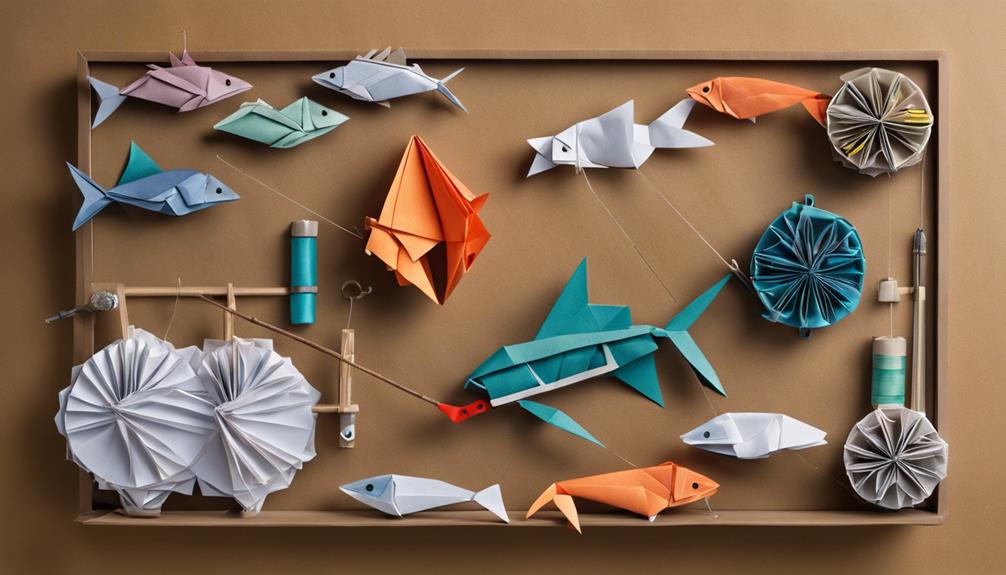
To effectively manage fisheries, understanding the ecosystem and fish populations is crucial. Here are three essential points to consider when it comes to fishery management:
- Fish Population: Before implementing any management strategies, it's vital to have a clear understanding of the fish populations in a particular area. This involves knowing the species present, their abundance, and how environmental factors impact their numbers. By monitoring and studying fish populations, managers can make informed decisions to ensure sustainable fishing practices.
- Sustainable Practices: Fishery management should always prioritize sustainability. This means utilizing practices that allow fish populations to replenish naturally without being depleted. Sustainable fishing methods, such as catch-and-release, size limits, and seasonal restrictions, help maintain healthy fish stocks for future generations of anglers to enjoy.
- Ecosystem Health: A holistic approach to fishery management involves considering the overall health of the ecosystem. Fish populations are not isolated entities but integral parts of a larger environmental system. By protecting habitats, controlling pollution, and preserving biodiversity, fishery managers can create a more resilient ecosystem that supports thriving fish populations.
Understanding fishery management and the intricate relationships between fish populations, sustainable practices, and ecosystem health is key to ensuring the long-term viability of sport fishing. By following responsible management guidelines, anglers can continue to enjoy their favorite pastime while safeguarding the environment for years to come.
Responsible Handling and Release
When fishing, it's essential to handle and release caught fish responsibly to ensure their well-being and survival. Proper handling techniques are crucial in minimizing harm to the fish and increasing their chances of survival once released back into the water. When you catch a fish, make sure to wet your hands before touching it to prevent damaging its protective mucus layer. Avoid squeezing the fish tightly and support its body properly to reduce stress and potential injuries.
Release techniques play a significant role in giving the fish the best chance of survival post-release. If you need to remove the hook, do it quickly and gently using a pair of long-nose pliers. Minimize the fish's time out of the water, especially if you're practicing catch and release. When releasing the fish, hold it underwater facing into the current to help oxygen flow over its gills. Allow the fish to swim out of your hands on its own, ensuring it is strong enough to swim away.
Frequently Asked Questions
Can I Bring My Own Live Bait When Sport Fishing?
Hey angler! When sport fishing, you can totally bring your own live bait. Just be aware of any regulations and catch limits. Consider trying artificial lures too; they offer freedom from the hassle of live bait.
Are There Any Restrictions on Using Artificial Lures or Flies While Fishing?
When fishing with artificial lures or flies, you're free to enjoy catch and release without restrictions. Just mind the catch limits to keep the fun going. So, cast away and reel in the excitement!
What Should I Do if I Accidentally Hook a Protected or Endangered Species While Fishing?
If you accidentally hook a protected or endangered species while fishing, it's crucial to act responsibly. Safely remove the hook, handle the fish with care, and release it back into the water promptly. Respect species protection and conservation for ethical fishing practices.
How Do I Properly Dispose of Fishing Line and Other Waste to Prevent Harm to Marine Life?
To properly dispose of fishing line and waste, always recycle when possible. Education on waste management is key to preventing harm to marine life. Your responsible actions contribute to conservation efforts and protect marine ecosystems.
Are There Any Specific Rules or Guidelines for Fishing in Freshwater Vs. Saltwater Environments?
When fishing in freshwater, follow specific regulations on gear and catch limits. In saltwater, differences abound, so be aware of the varying rules. Remember, "The devil is in the details" when navigating these environments.



